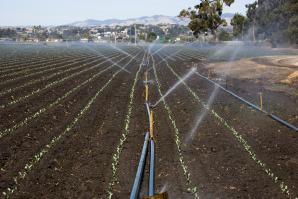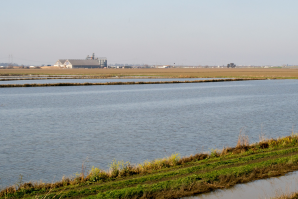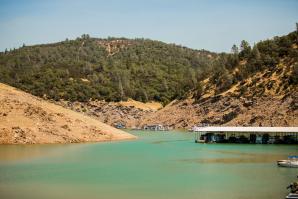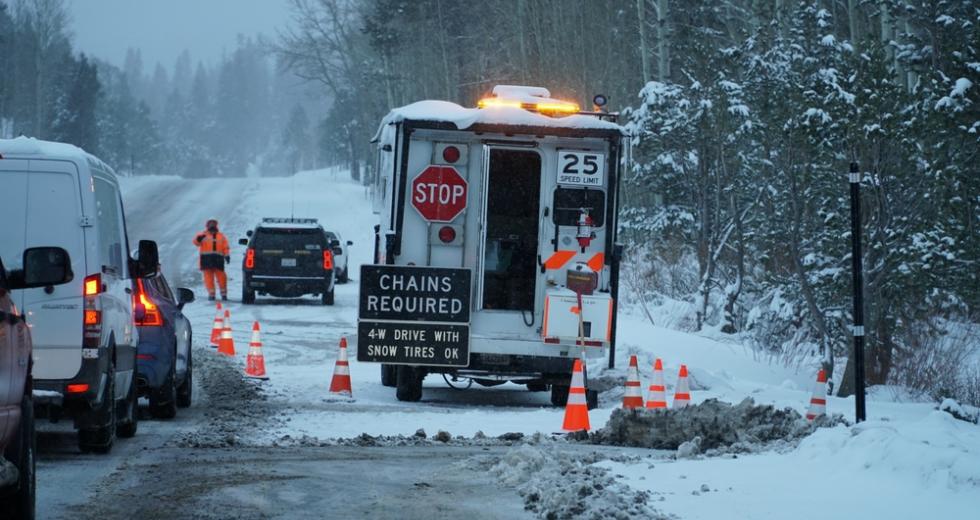As California’s traditional season for rain and snow began last fall, meteorologists and hydrologists predicted that the state would probably experience a second year of heavy precipitation.
The previous winter had been a record-breaker that strained – and sometimes overwhelmed – California flood control systems. Among other things, it recreated Tulare Lake, once an inland sea between Fresno and Bakersfield that had dried up and become a huge expanse of agricultural production.
When the rain and snow finally stopped in the spring and the immense Sierra snowpack had melted, the state’s reservoirs were full, which was welcomed after several years of severe drought.
The possibility that the winter of 2023-24 would see even more heavy precipitation was based on the existence of El Niño, a warm atmospheric current that tends to draw in immense amounts of Pacific Ocean water and then deliver it to the mainland as rain and snow.
“It’s only been seen three times previously in the historical record,” Stephen Yeager, project scientist with the National Center for Atmospheric Research, told KQED in October. “We are looking at the potential of a major season-long event that could impact people and their livelihoods.”
As 2024 dawned three months later, however, it looked as if the predictions of a very wet winter would fall flat. State hydrologists conducted their first Sierra snowpack survey on Jan. 2 and found it to be just one-fourth of historic depth, a far cry from the 177% of “normal” recorded a year earlier.
Soon, California news media that had reported predictions of very heavy precipitation were now telling their audiences that the winter could be a dry one.
Almost immediately, however, the skies opened up. While lower-level communities were soaked with rain, the mountains saw snow so heavy that an avalanche buried skiers at a Tahoe ski resort, killing one man, injuring another and almost claiming more victims who had to be dug out of the deep snow.
We still don’t know whether the winter will, in fact, break more records, fall short of average or just turn out to be more or less ordinary in terms of water flowing into the state’s reservoirs. But the sequence of events so far underscores the simple fact that predicting California’s weather, despite enormous advances in technology, is still educated guesswork.
The unpredictability is why Californians depend on the state’s elaborate array of dams, reservoirs, bypass channels, levees and canals to protect downstream communities from floods, capture water when it becomes available and distribute it to farms and households during the majority of the year when there is little or no precipitation.
It’s analogous to families socking away some of their income “for a rainy day,” as the old adage terms it, or governments maintaining reserves to protect their budgets during downturns in projected tax revenue – something California’s state budget is experiencing now.
We do know that climate change is altering California’s weather pattern and is likely, though not certain, to mean less snow and more rain, as well as wider swings in overall precipitation. That should persuade officialdom to create more water storage capacity to both capture runoff for later use and protect communities from disastrous floods.
“California’s water supply and flood infrastructure is not up to the task of adapting to increasing climate volatility,” a recent report from the Public Policy Institute of California concludes, saying California needs a “wet-year infrastructure plan” to cope with what probably will be a far different precipitation cycle than we have seen in the past.
Yes, it does, and the sooner the better.








